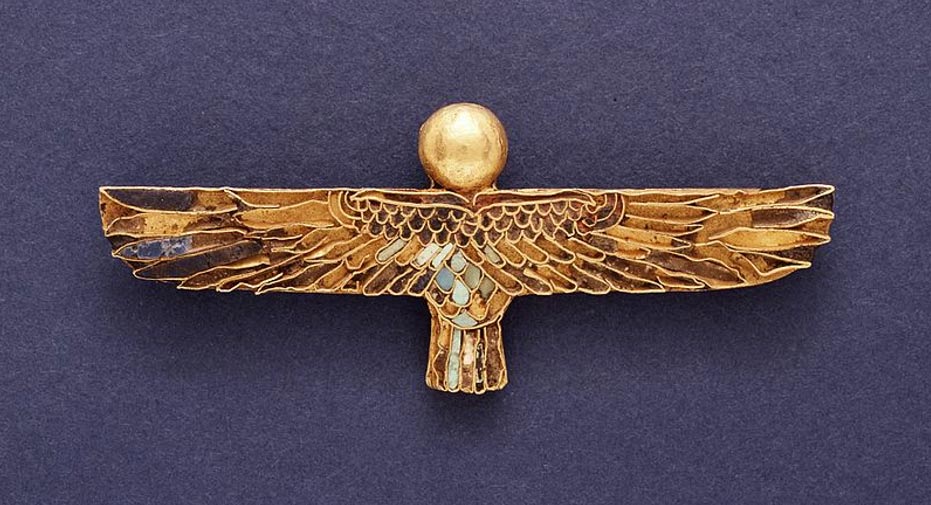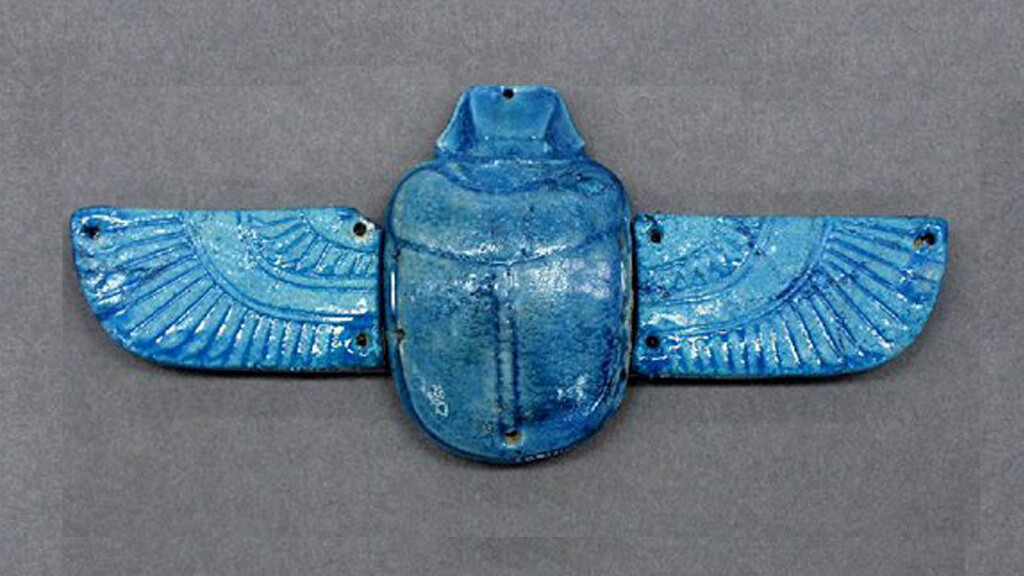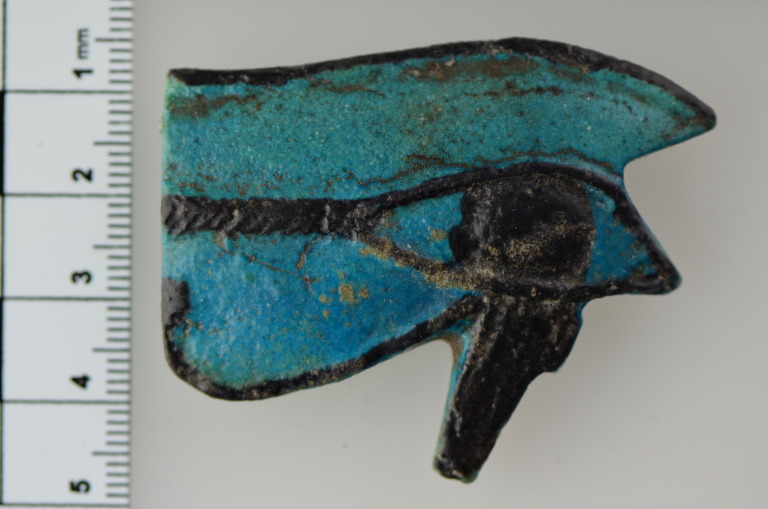The oak tree and thunder god
Serbian folklore is full of reminiscences of the oak tree as the tree dedicated to one time thunder god, the tree under which sacred rituals were performed, sometimes even in symbiosis with Christianity. This tree was considered sacred. It had the function of a place of worship, and was often believed to be residence of a deity. Also dancing, especially Serbian Kolo, under the sacred tree is the evidence of that in the past the horos dances and rituals were closely associated. It is important to note that people liked to have a sacred tree/oak on their property, since it was believed that it protected their estates from hail and other disasters. The oldest substratum of the Serbian cult encompasses the supreme god, who is after all the only able to gather the whole country and its people in a single huge `kolo` dedicated to him.
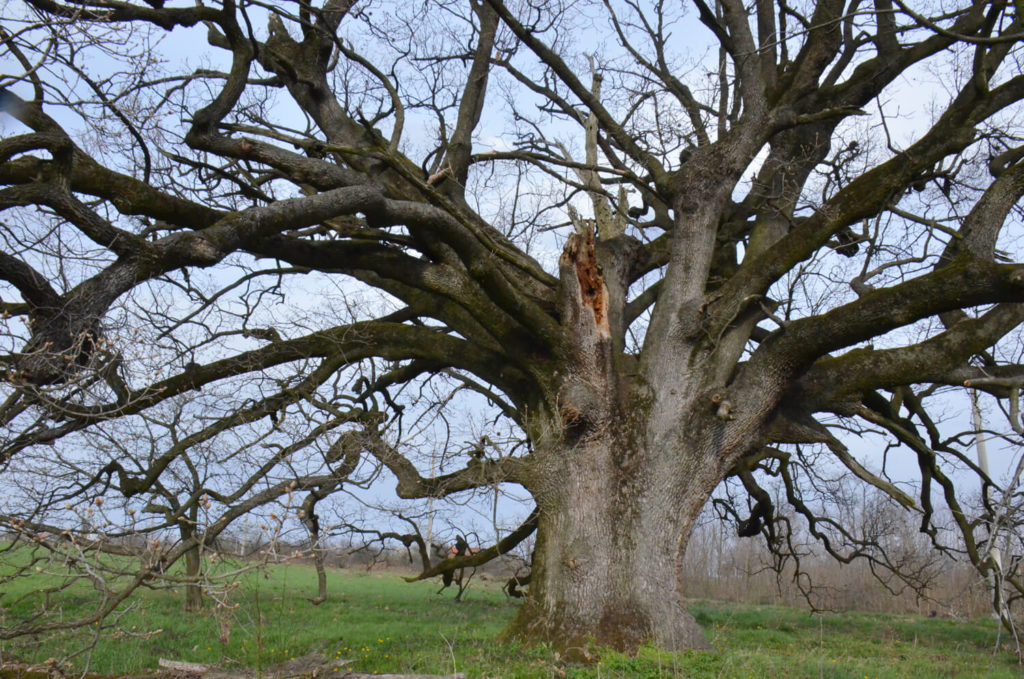
The oak is a symbol of Serbia, having been part of the historical coat of arms. In the coat of arms, the oak at one side symbolized strength and longevity, while the olive branch at the other symbolized peace and fertility. At troublesome times, when there were no churches, people prayed under oak trees where they would carve a cross, and that is called zapis in Serbian language; some of these oaks are over 600 years old.
The tree becomes `zapis` ( the closest translation is `inscription` but in the form of vow) after the act of consecration which implies engraving the cross in the core of the tree. Near the tree the stone cross in a form of a monument can be situated and the surrounded ground can be fenced forming a kind of sanctuary – temenos.
It is also important to note that the sacred tree was the subject of taboo – the person who gives himself the right to cut it down or damage it will be destined to misery and misfortune.
It is believed that you should not climb at this sacred tree or sleep under it and picking its fruits and twigs, are also forbidden. Even the branches and fruits that fall from the tree should not be collected.
In his study on the cult of trees among ancient Serbs, ethnologist Veselin Čajkanović states that the zapis is inherited from the Serbs’ pre-Christian religion, in which it had been used as a temple. Prayers and sacrifices were offered under the crown of the zapis, as in a temple. A zapis is primarily selected from oaks, the trees associated with Perun – the thunder god of the ancient Slavic religion.
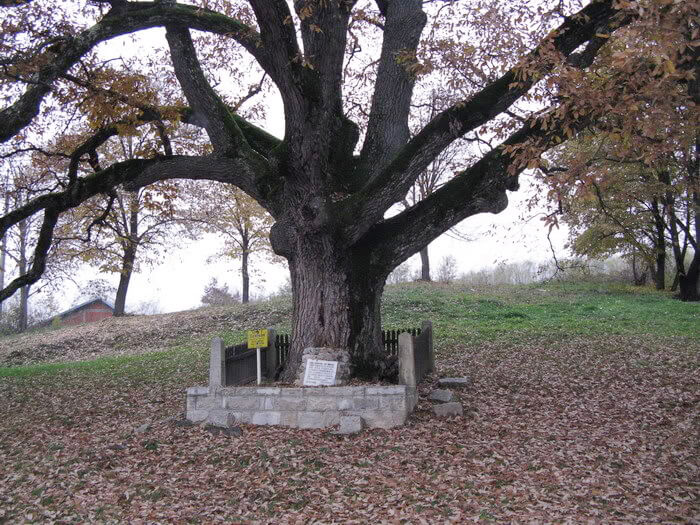
TREE PROPERTIES
Which one is yours?
Ash
Known as the father of trees. Ash draws off the element of water. Requires focus and strength of purpose. Seeks a healing companion. Used for protection. Excellent for absorbing illness and healing spells, aiding in communication and the absorption of knowledge.
Cedar
Draws off the element of sun and fire. Used for influence and purification. Strengthens psychic power and is often a tool for healing. Seeks a white magic companion. Excellent for protection. Cedar is naturally resistant to pestilence and decay. Aromatic Cedar is associated with wisdom and strength and these qualities aid the user in lifting the veil imposed upon our perception of reality.
Cherry
A wood of femininity. Draws off the element of earth. Used for healing, romance, and Binding spells. Seeks a harmonic companion. Excellent for Divination. Well grounded, cherry keeps us in the here and now and promotes rationally intuition action rather than emotionally related decisions.
It is a national emblem of Japan and China. Cherry blossom symbolizes the ephemeral sweetness of youth, which like blossom is quickly shed. Its habit of flowering before leafing signifies man born naked into the world.
Elm
A wood of femininity. It draws off the element of earth and is a strong, neutral wood that can be used for protection or hexes. It seeks a companion of strength and is excellent for destructive spells, protection, and defensive magic. Elm is associated with death and rebirth.
Locust (Honey, Pink):
Protective and strong, Honey Locust can be challenging to work with. It is strongest during the dark of the moon.
Maple
A peaceful wood used for purity and healing. Seeks a strong, devoted companion who cares for others. Excellent for cleansing spells. Maple reveals the options – even those that are hidden in plain sight – which lay before you. It enables you to make sound choices rather than rely on blind luck.
Oak
Known as Wizard Wood, this wood is perhaps the strongest. Draws off the element of fire, as well as lightning. Seeks a powerful companion, a guardian and liberator. Excellent for protection, defensive, prosperity, sacrifice and power house spells. Robust and true, Oak is strongly rooted in the earth and easily channels natural life energies. Slow and steady growing, Oak helps one intuitively focus on the task at hand.
The oak represents masculine strength and courage. For the druids it was the sacred tree associated with divination. Revered by Celts the oak is also linked to various thunder, sky and fertility gods. To Jews it symbolizes the Divine Presence.
Osage Orange
Most in tune with the mind. Seeks a companion of intelligence and creativity. Used commonly with Occlumency and Legilimency. Excellent for repelling and protection spells. Named Bois d’Arc by French settlers and Osage Orange by English after the Great Plains Tribe and the tree’s large fruit, this wood is extremely spiritual in nature, especially in matters dealing with earth energy.
Pear
Pear wood is extremely earth-centric energy, very grounded. Pear wood is also inspiring and creative. This type of wood is best used for healing, and will appeal mostly to those who have a passion to heal. This wood would not be useful for spiritual exploration, such as astral projection, divination, etc., but is extremely useful in earth-centric matters. It brings a creative, inspiring energy to the home. This wood is excellent for use with money and prosperity spells.
The pear is linked to love and mother symbolism. The goddess Athena was considered mother of pear trees in Ancient Greece. The Chinese associate this long lived tree with longevity, while Christians see it as an emblem of Christ`s love for humanity.
Walnut
A feminine wood. In touch with the element of earth. Used for cleansing purification and protection. Excellent for dispelling work. Helps in removal of all sort of intrusions and influences. Used for teleportation, astral travel, weather working, averting lightening. Brings personal power, integrity and security.
Wenge
Draws from the elements of earth and water. It seeks a companion of strength and versatility. Wenge is most compatible with an owner who is in touch with nature. Used for defense and protection. Excellent for dispelling dark magic. Wenge is a powerful tool for meditation, helping one create a more balanced mood and centering thought.
Yew
Known as ‘the witches’ wood’ and the wood of death, it draws off the element of water. It’s powerful symbol of death and reincarnation. Often yew is associated with sorcery and dark magic. Excellent for rituals and divination. Yew trees were planted in graveyards to protect the spirits of the dead. Working with Yew can reveal the past, bringing wisdom and renewed spiritual strength.
Yew is also the emblem of immortality and from the earliest time yew tree was the symbol of mourning. That is the reason of planting yews around churches and on the necropolises.
Pink Ivory
Myth tells only true Royalty may wield it. Assisting powerful visions & ideas into reality, it also relieves tensions. It is highly valued for its strength as a spiritual healer. Sacred to the Zulu as their Royal wood.
Amaranth
The amaranth was an emblem of immortality. St. Peter promises an amaranthine crown and Milton says that amaranth bloomed in Paradise, but for men`s offense it was removed to Heaven where it still grows shading the fountain of life near which the river of bliss rolls in streams of amber, while every angel is supposed to be bound with crowns and wreaths of amaranth.
Olive
Olive tree is an ancient symbol of piece, glory and immortality. The olive is sacred in Classical and Judeo – Christian symbolism. It leaves crowned triumphant athletes, while an olive branch brought to Noah by the dove after the flood signified piece. It is a symbol of valor, warmth and solar energy. It brings truthfulness, motivation and passionate clarity.
Plum
In Japanese culture plum blossom symbolizes happiness and good luck. It also represents spring, courage and virtue overcoming difficulties and is an emblem of Samurai. In China it signifies virginity, beauty and longevity. Brings empowerment and self-motivation. Helps the higher spiritual energy enter into the material world. Increase the awareness of surroundings and effective use of personal power.
Wild service (Sorbus torminalis)
It symbolizes unfoldment. Brings expansion of awareness and understanding of motives. It is also beneficial for past life healing, self-definition and hidden currents.
Zebrawood (Microberlinia brazzavillensis)
The name says it all: widely known and appreciated for the distinctive dark brown/black stripes that resemble the African zebra, the tree itself is found in West Africa, specifically the rich volcanic soils of Cameroon. It is a tree that towers above the forest canopy where its miniscule leaves grab as much sunlight as possible to feed its large structure.
A neutral wood which draws from the element of earth. Can be used for healing and repelling spells. Seeks an intelligent companion. Excellent for cleansing magic, good for divination and moon related magic.


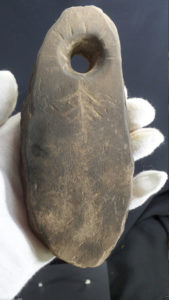 Amulet is a natural or manmade object out of different kinds of materials which is believed that has the magical or miraculous power to protect its holder from any kind of evil. The word believed stresses the fact that it is the faith placed in the amulet that works for its owner, not just the actual powers of the amulet itself. That is even etymologically asserted because the word amuletum probably derives from Latin amolire which means `to avert, to carry away, to remove` in regard to evil or anything bad or Old Latin word amoletum – means of defence.
Amulet is a natural or manmade object out of different kinds of materials which is believed that has the magical or miraculous power to protect its holder from any kind of evil. The word believed stresses the fact that it is the faith placed in the amulet that works for its owner, not just the actual powers of the amulet itself. That is even etymologically asserted because the word amuletum probably derives from Latin amolire which means `to avert, to carry away, to remove` in regard to evil or anything bad or Old Latin word amoletum – means of defence.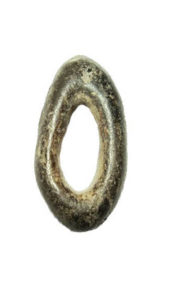 According to the 19th-century anthropologist Sir Edward Burnett Tylor, the attribution of spiritual qualities to plants and other natural objects resulted in what we call nature worship. This was the root of totemism, the deification of animals and plants, and of the use of amulets and talismans. Amulets of animal origin such as claws and teeth, signify the positive qualities of that creature. For example, the tigers tooth symbolizes courage and strength. Hence, the amulets are also connected with totems. From these beliefs was derived the high polytheism of primitive peoples, and their worship of the spirits of nature. Practices such as magical rituals and sacrifice were ways they invented to bring nature and life within their control, or at least within reach of their understanding.
According to the 19th-century anthropologist Sir Edward Burnett Tylor, the attribution of spiritual qualities to plants and other natural objects resulted in what we call nature worship. This was the root of totemism, the deification of animals and plants, and of the use of amulets and talismans. Amulets of animal origin such as claws and teeth, signify the positive qualities of that creature. For example, the tigers tooth symbolizes courage and strength. Hence, the amulets are also connected with totems. From these beliefs was derived the high polytheism of primitive peoples, and their worship of the spirits of nature. Practices such as magical rituals and sacrifice were ways they invented to bring nature and life within their control, or at least within reach of their understanding.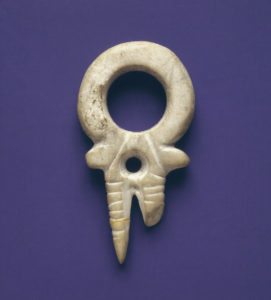

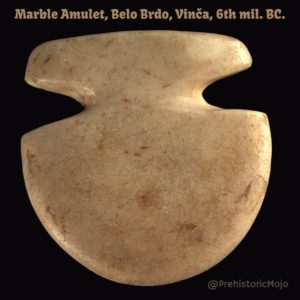
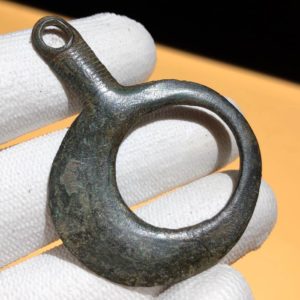
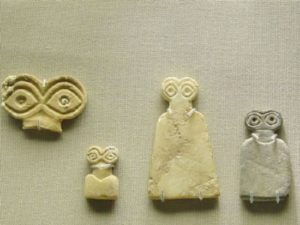 The amulet is supposed to exercise its protective powers on behalf of the individual or thing continually, whereas the talisman is only intended to perform one specific task. Also, talisman should be created by the person who plans to use it. It is also said that the person who makes the talisman must be well-versed in the symbolism of elemental and planetary forces. But the line which divides the amulet from the talisman has rarely been observed by any people who regard such as parts of the machinery of magic, and in modern times the use and meanings of the two objects are generally confounded, even by educated folk who are superstitious. And the experts are not agreed on the subject.
The amulet is supposed to exercise its protective powers on behalf of the individual or thing continually, whereas the talisman is only intended to perform one specific task. Also, talisman should be created by the person who plans to use it. It is also said that the person who makes the talisman must be well-versed in the symbolism of elemental and planetary forces. But the line which divides the amulet from the talisman has rarely been observed by any people who regard such as parts of the machinery of magic, and in modern times the use and meanings of the two objects are generally confounded, even by educated folk who are superstitious. And the experts are not agreed on the subject.